A desperate struggle beneath the tropical sun
Her immense, six-foot frame was covered in sand and fragments of tangled vegetation, her thick, ridged shell glistening faintly in the sunlight. But it wasn’t her size that drew the team’s breath—it was her motionless body, a haunting image of struggle and exhaustion.
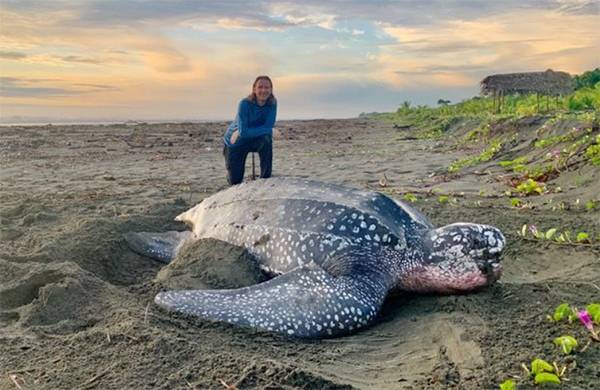
Wedged tightly between the gnarled roots of a tree and the dense underbrush, the turtle was trapped. Her front flipper, raw and bloodied, told the story of her desperate attempts to free herself. The once-dark sheen of her skin had turned a dangerous pink, burnt by hours of unrelenting tropical sun. Her eyes, once deep and knowing, had dulled into emptiness.
She had come ashore to nest—a ritual as old as her species. Leatherback sea turtles typically emerge under the cover of night to dig their nests, lay eggs, and retreat to the safety of the sea before dawn. But something had gone wrong. Disoriented, perhaps startled, she had wandered too far inland and become ensnared in the jungle. Alone, she wouldn’t have survived the heat, the injury, or the exhaustion. But on that day, fate intervened.
The rescue that changed everything
A local conservation team, part of an ongoing sea turtle monitoring project in Equatorial Guinea, spotted her just in time. Without hesitation, they rushed to her aid. One volunteer sprinted to the shoreline for buckets of seawater, while another knelt beside her, whispering softly—words of reassurance that may have been meant as much for themselves as for her.
They poured cool saltwater over her scorched shell, steam rising as the heat lifted from her body. The team worked tirelessly, digging and shifting sand, loosening the earth around her trapped flipper, and carefully moving the obstructing tree. Every motion was deliberate—every second precious.
She didn’t resist. She couldn’t. But as soon as her flipper came free, something within her stirred. A faint twitch. Then a long, labored breath. Slowly, almost imperceptibly, the giant turtle began to move. The conservationists watched in awe as she inched forward, dragging her immense body toward the sea. Inch by inch, grain by grain, she fought her way home.
And then, with one final, determined push, the waves reached her.
The moment saltwater touched her skin, it was as if life returned all at once. Her movements grew stronger, her breathing steadier. With a final surge of power, she disappeared beneath the waves—back into the ocean that had carried her kind for millennia.
The ongoing fight for sea turtle survival
While this leatherback’s rescue was a success, her story represents just one small victory in a much larger struggle. Leatherback sea turtles (Dermochelys coriacea) are the largest of all living turtles and among the most ancient marine species on Earth. Yet, despite their resilience, they face a growing list of threats that have pushed them toward endangerment.
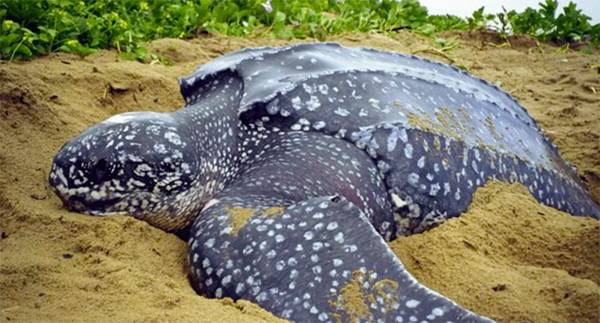
Commercial fishing remains one of the most significant dangers. Thousands of turtles become entangled in fishing nets and longlines each year, unable to reach the surface for air. Plastic pollution poses another deadly challenge—floating bags and debris often resemble jellyfish, the leatherback’s primary prey, leading to fatal ingestion. Climate change, too, affects their nesting patterns and the sex ratio of hatchlings, as rising sand temperatures skew populations toward females.
Conservation groups across the world, including those operating in Central Africa, work tirelessly to monitor nesting beaches, protect eggs from poachers, and rehabilitate injured turtles. Yet, for every turtle that finds her way back to the sea, countless others never make it.
A symbol of hope and action
The rescue in Equatorial Guinea is more than just a story of survival—it’s a powerful reminder of what human compassion can achieve. The turtle lived because someone chose to care. Because a handful of people believed that one life, no matter how small in the grand scale of the planet, was worth saving.
Her struggle and survival echo a message that extends beyond conservation: the importance of taking action, however small it may seem. Whether it’s volunteering with local wildlife programs, reducing plastic use, or spreading awareness, every effort helps preserve species like the leatherback turtle for future generations.
As she vanished beneath the waves, the rescuers stood in silence, watching the sea reclaim its ancient traveler. For a moment, the line between human and nature blurred—a shared triumph in the face of overwhelming odds.
This was more than a rescue. It was a testament to endurance, empathy, and the timeless bond between life and the ocean.

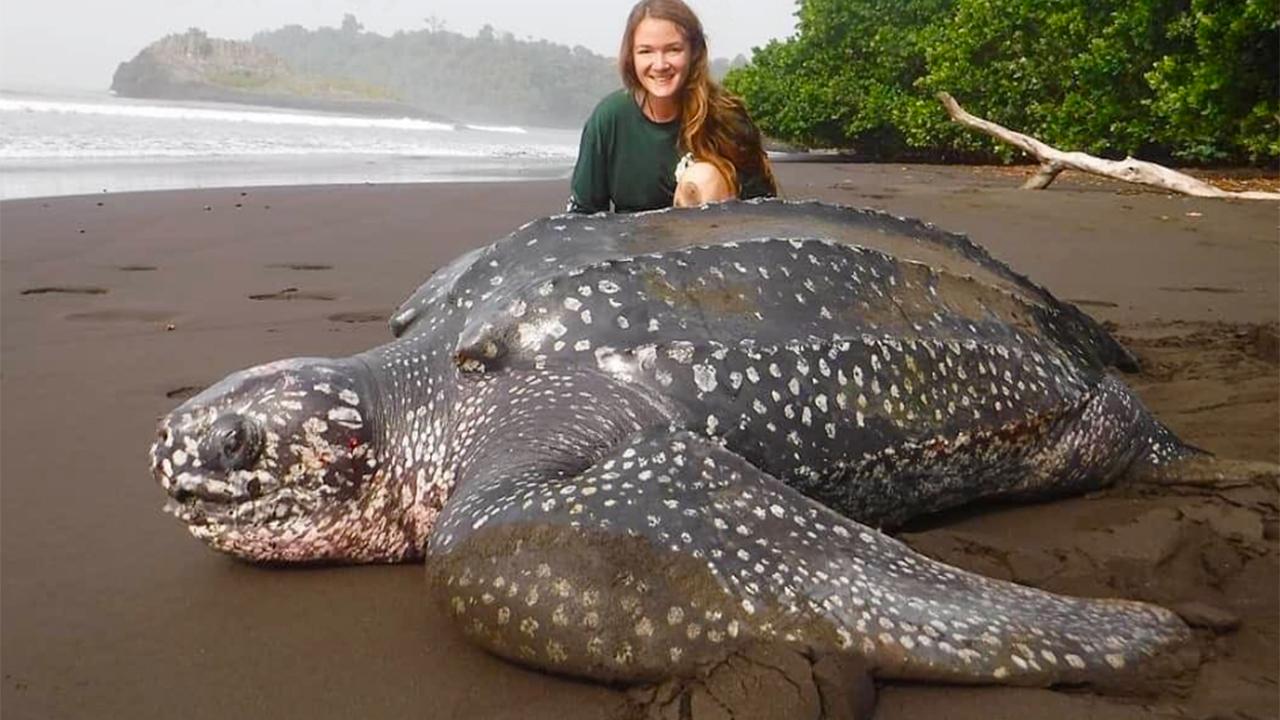


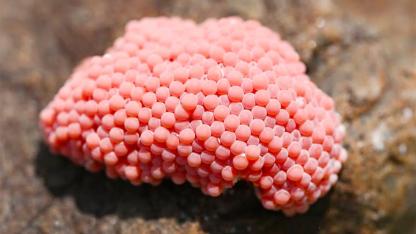



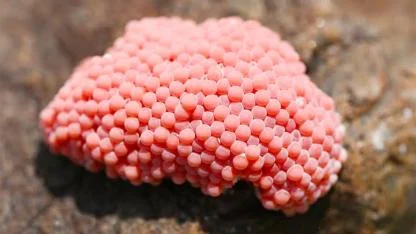


Yorumlar
Kalan Karakter: